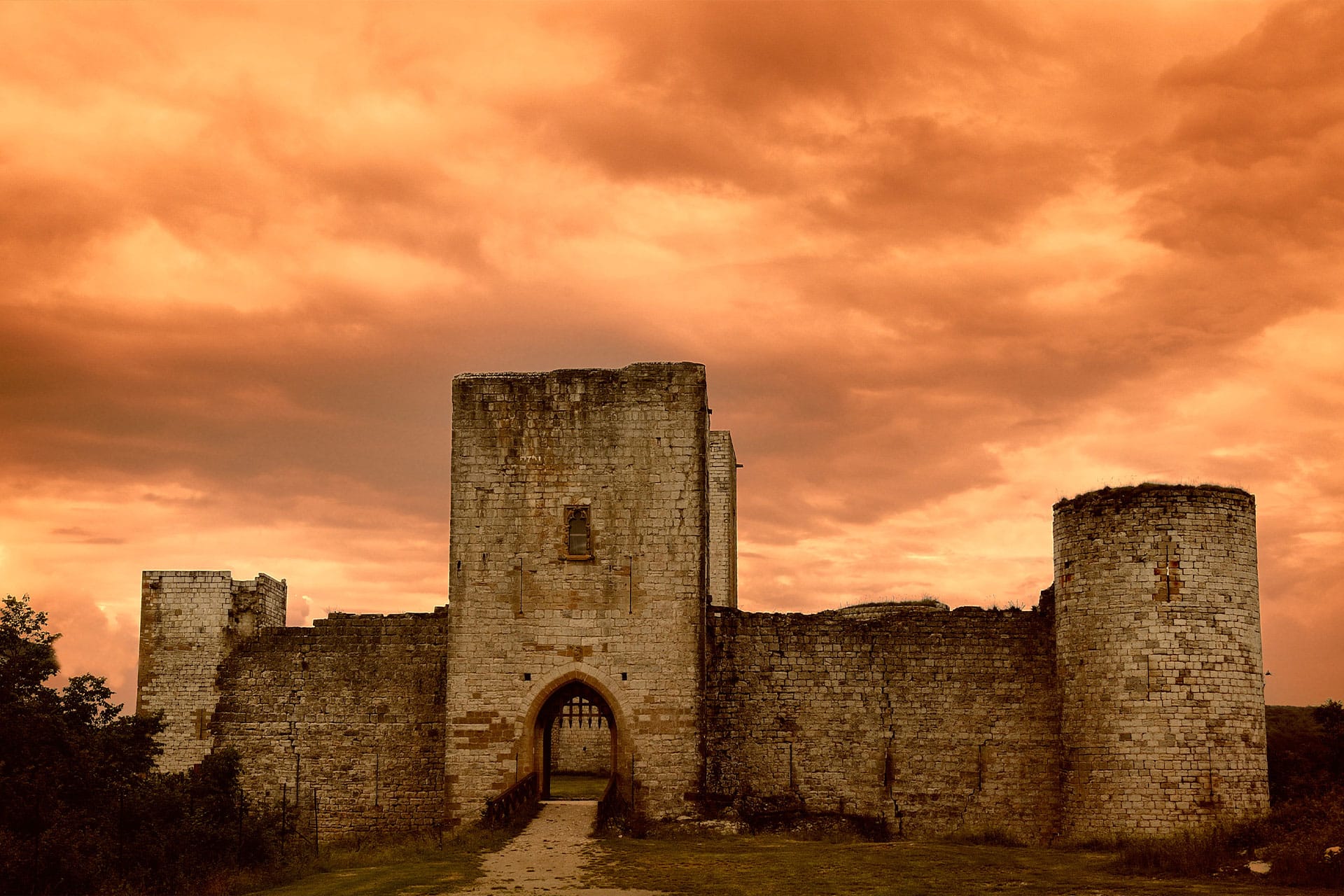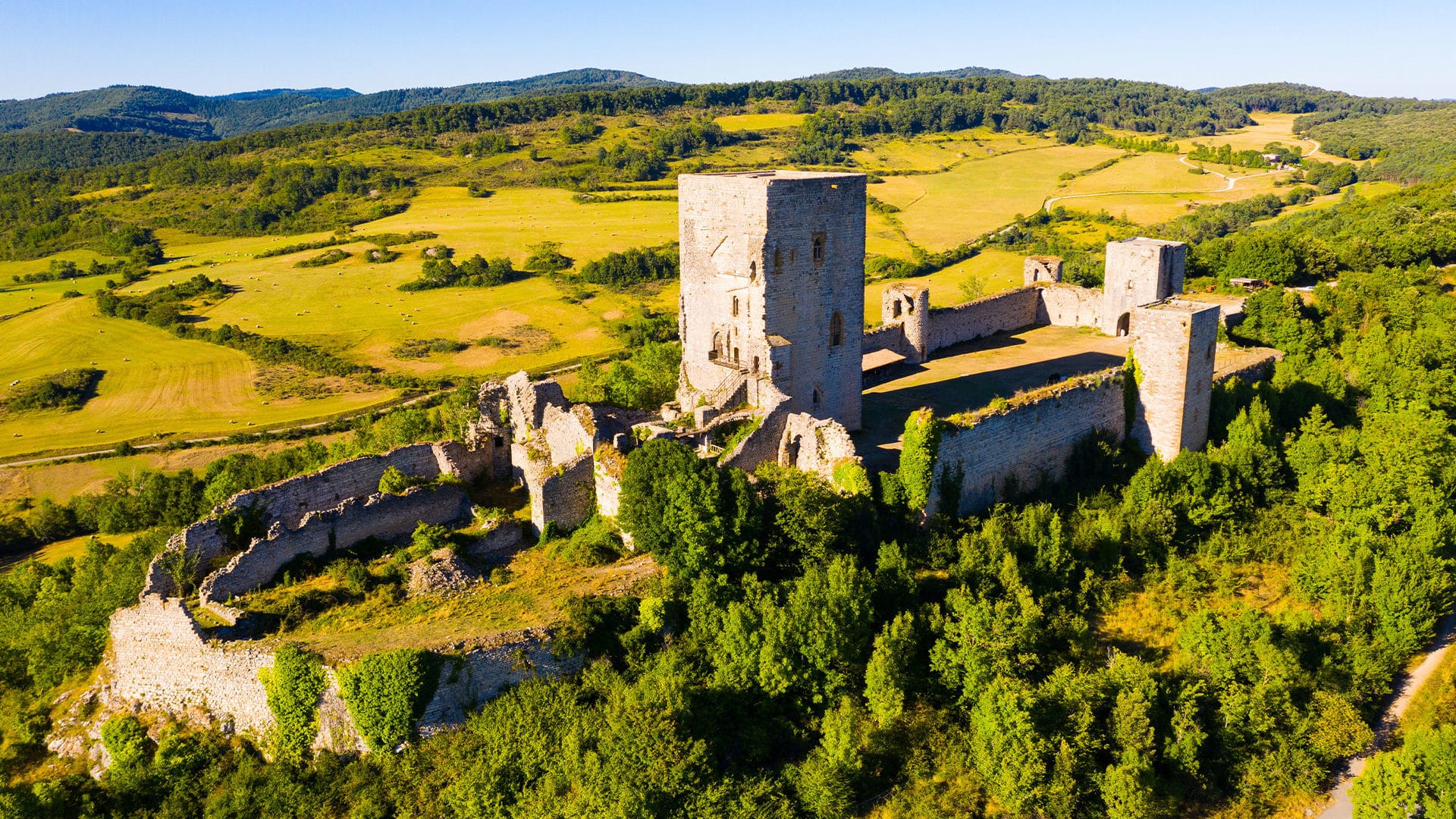A medieval monument steeped in history
Immerse yourself in the fascinating world of Château de Puivert, an emblematic 14th-century Cathar castle. Exceptionally well-preserved, it boasts impressive medieval military architecture, with its 35-metre keep and richly decorated rooms. The château, overlooking the ancient glacial lake of Puivert, combines a strong historical heritage with striking natural beauty. Its sculptures of medieval musicians bear witness to its past cultural importance, making it a must-see for fans of medieval history and culture.


Exploring the Donjon de Puivert :
Between Art and History
Château de Puivert, a jewel among the Cathar castles, is a remarkable 14th-century monument. It’s not only one of the best preserved, but also one of the most fascinating of the period. With its 35-meter-high keep and four splendid superimposed rooms, it is a fine example of medieval military architecture. The château also boasts six defensive towers overlooking the ancient glacial lake of Puivert, offering an exceptional historical and natural panorama.
The Puivert keep, built in 1310, has five levels, two of which have broken barrel ceilings and a decorated 14th-century chapel. The ceremonial hall, on the fourth floor, is famous for its sculptures of musicians playing various instruments, reflecting the site’s cultural and musical importance in the Middle Ages.
The château site dates back to the 12th century, mentioned as early as 1170 and associated with the Congost family before the Albigensian Crusade. Despite its initial military role, the château was also an important cultural center, hosting events and personalities such as Eleanor of Aquitaine. After being owned by the barons of the North, the château was rebuilt in the early 14th century by Thomas de Bruyères and Isabelle de Melun, giving the building its current symbolic and picturesque character.
Today, the Château de Puivert is a partially ruined tourist site, open to the public and undergoing restoration. It offers visitors a breathtaking view of the Quercorb region and continues to fascinate with its rich history and exceptional preservation .































